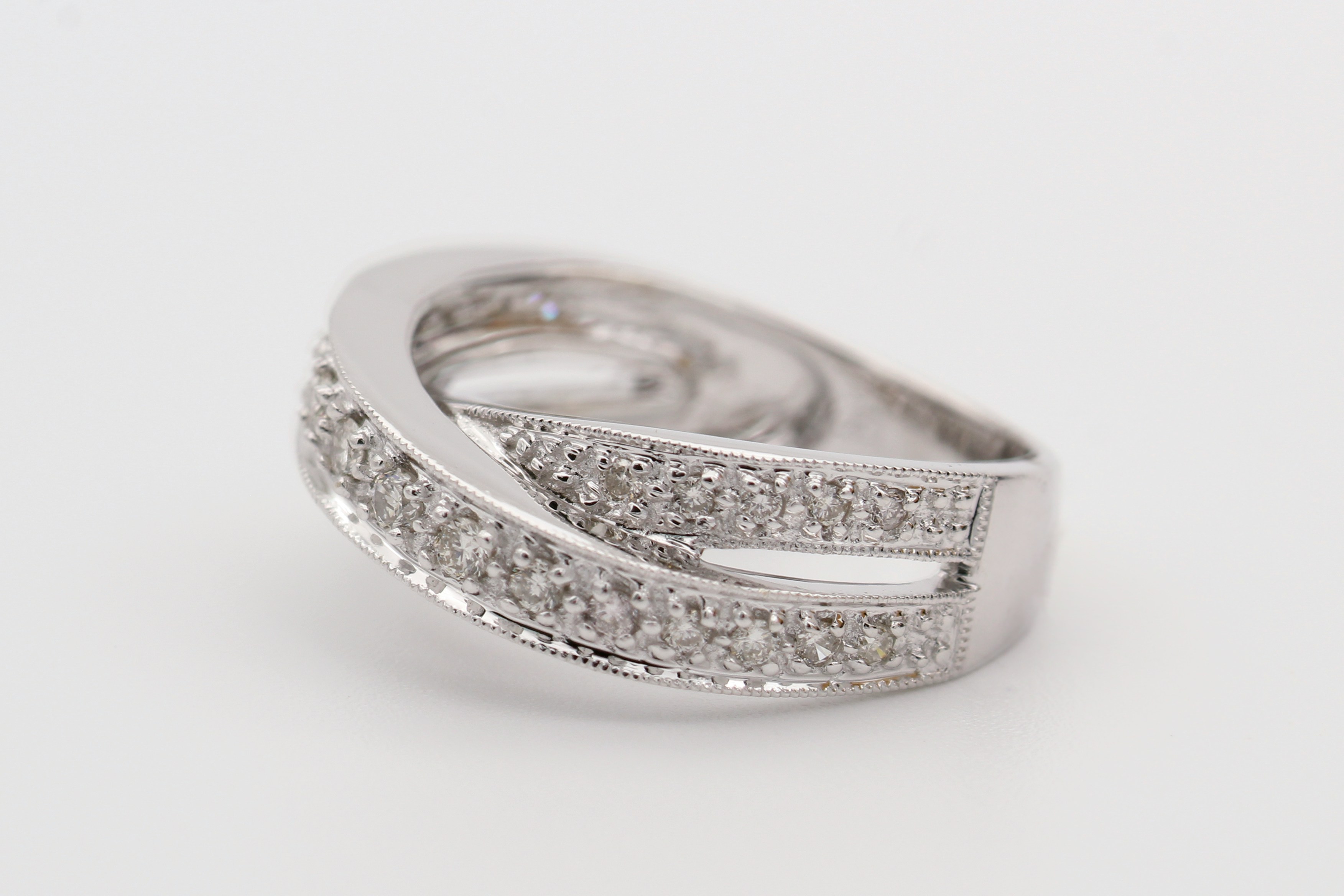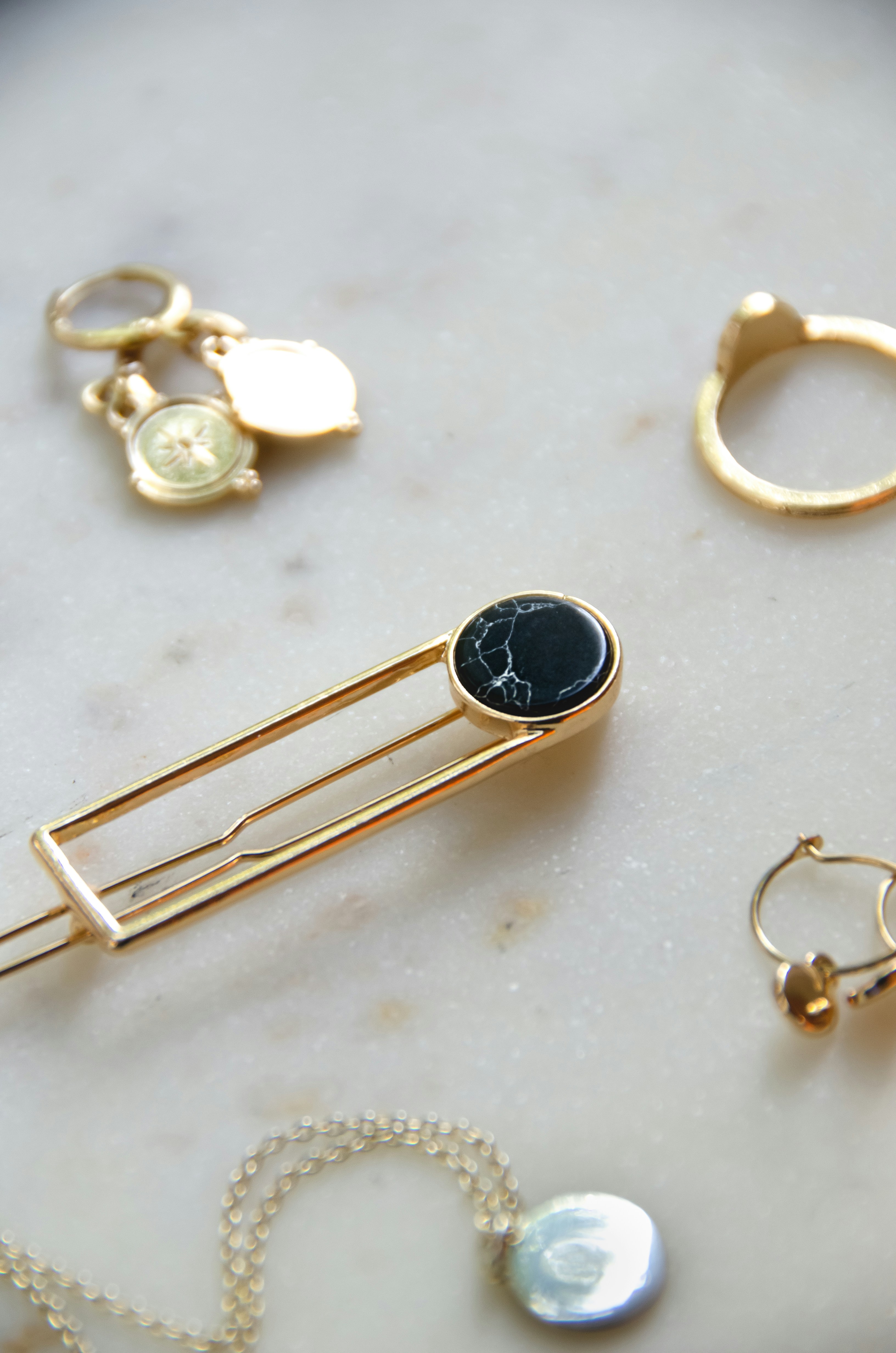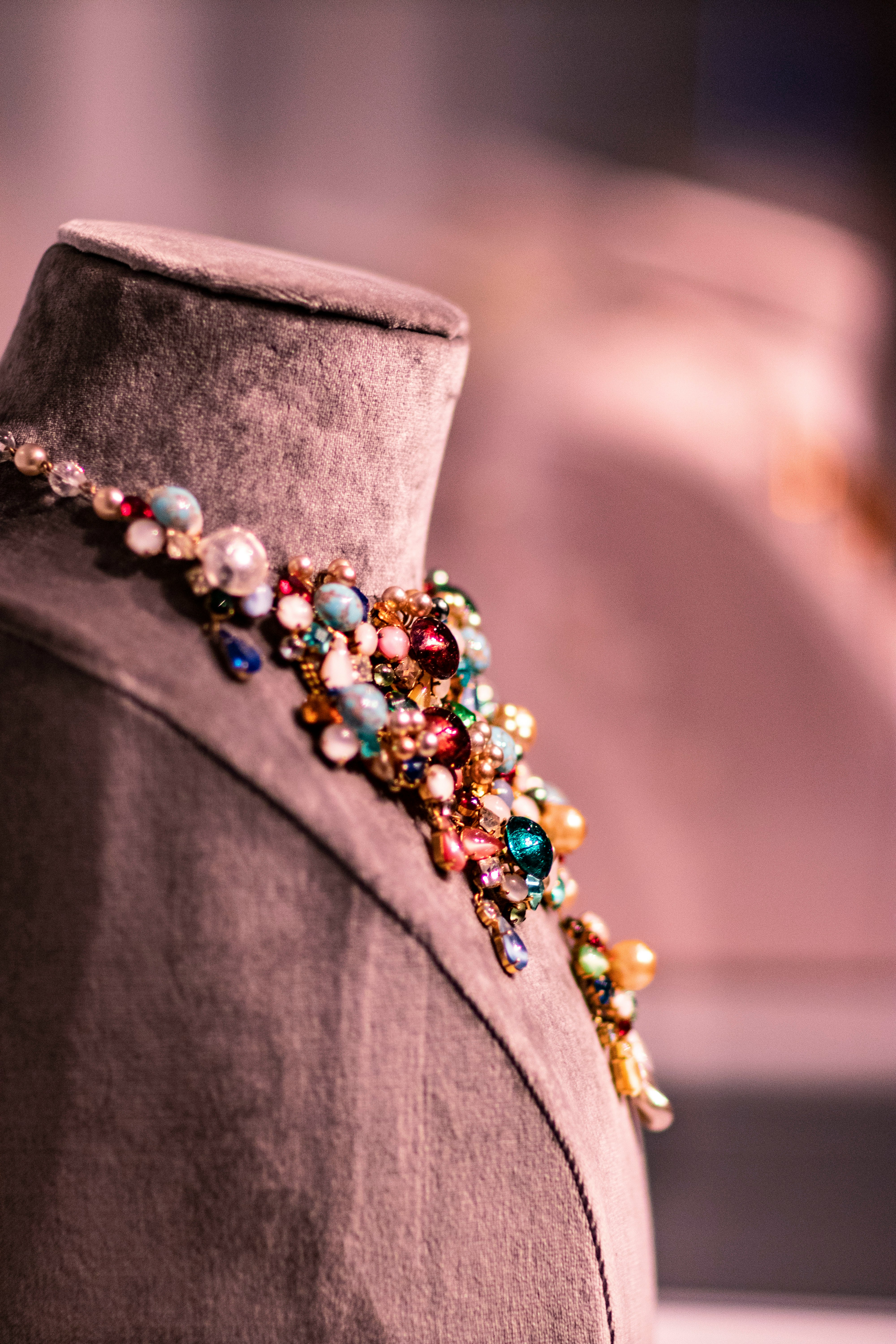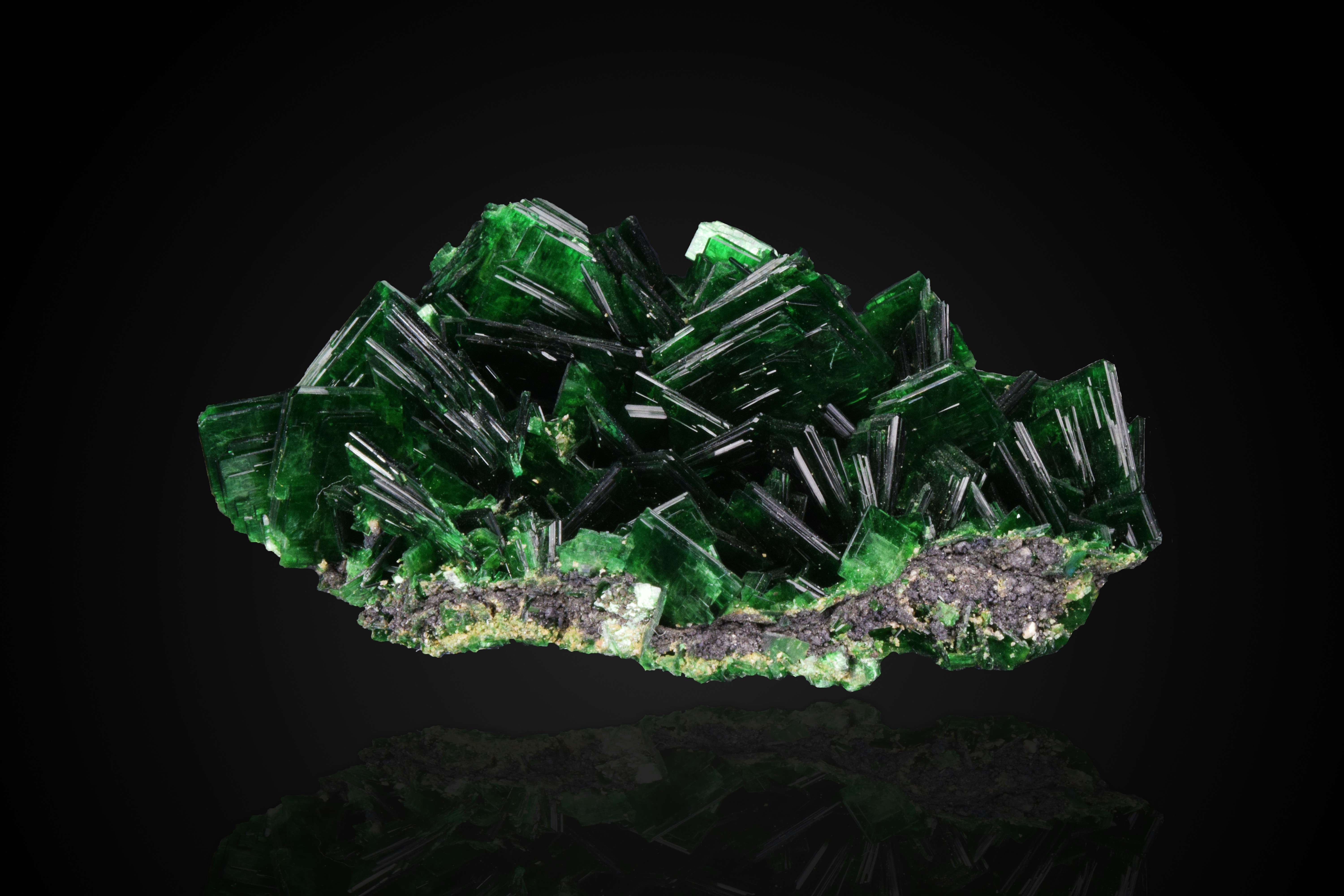Platinum Vs White Gold In Vintage Jewelry
Alexander Kellerson

Introduction to Vintage Jewelry
Vintage jewelry holds a special place in the hearts of collectors and fashion enthusiasts alike. The allure of timeless elegance and the craftsmanship of yesteryears make these pieces highly sought after. When it comes to vintage jewelry, two popular metals are often compared: platinum and white gold. In this article, we'll delve into the differences between these two metals, especially in the context of vintage pieces.
What is Platinum?
Platinum is a rare, dense, and highly durable metal. Known for its lustrous, silvery-white appearance, platinum is a favorite among jewelers for its strength and longevity. Its natural hypoallergenic properties make it an excellent choice for people with sensitive skin. In vintage jewelry, platinum's resilience ensures that pieces remain in excellent condition for generations.
What is White Gold?
White gold is an alloy of gold mixed with white metals like palladium or silver and often coated with rhodium to enhance its whiteness. It offers a similar appearance to platinum but at a lower cost. White gold has been a popular choice in jewelry making since the early 20th century, especially in Art Deco and retro styles. However, it requires regular maintenance to retain its shine and prevent yellowing.
Historical Use of Platinum in Vintage Jewelry
Platinum became widely used in jewelry during the Edwardian era (1901-1910) and continued to be popular through the Art Deco period (1920s-1930s). Its strength allowed jewelers to create intricate, delicate designs that were both beautiful and durable. Many iconic vintage pieces, such as those from renowned jewelers like Cartier and Tiffany & Co., feature platinum settings.
Historical Use of White Gold in Vintage Jewelry
White gold gained popularity as a jewelry metal in the 1920s and 1930s as an affordable alternative to platinum. Its introduction allowed more people to enjoy the look of platinum without the high cost. White gold was particularly favored in Art Deco and retro jewelry designs, which often featured geometric patterns and bold lines.
Durability and Longevity: Platinum Vs White Gold
When it comes to durability, platinum outshines white gold. Platinum's density and resistance to wear make it less prone to scratches and damage. White gold, while strong, is softer than platinum and more susceptible to scratches. Over time, the rhodium plating on white gold can wear off, requiring re-plating to maintain its appearance.
Appearance and Aesthetics
Both platinum and white gold have a similar silvery-white appearance, but there are subtle differences. Platinum has a naturally white luster that does not fade, while white gold's appearance depends on its rhodium plating. As the plating wears off, white gold can develop a yellowish tint, requiring re-plating to restore its whiteness. In terms of vintage aesthetics, both metals are used to create stunning, timeless pieces.
Maintenance and Care
Platinum requires minimal maintenance due to its durability and resistance to tarnish. It develops a natural patina over time, which many collectors find appealing. White gold, on the other hand, needs regular maintenance to keep its rhodium plating intact and prevent yellowing. This includes periodic re-plating, which can add to the overall cost of ownership.
Price Comparison
Platinum is more expensive than white gold due to its rarity and density. The higher cost of platinum is reflected in the price of vintage jewelry pieces, making them a significant investment. White gold offers a more affordable option while still providing a similar aesthetic appeal. However, the long-term costs associated with maintaining white gold should be considered when comparing prices.
Allergies and Skin Sensitivity
For individuals with sensitive skin or metal allergies, platinum is often the preferred choice. Its hypoallergenic properties make it less likely to cause skin reactions. White gold, especially if it contains nickel, can cause allergic reactions in some people. It's important to check the metal composition of white gold jewelry if skin sensitivity is a concern.
Resale Value and Investment
Platinum jewelry tends to retain its value better than white gold due to its rarity and enduring appeal. Vintage platinum pieces are often considered more valuable and can fetch higher prices in the resale market. While white gold jewelry also holds value, its resale price can be affected by the condition of the rhodium plating and the overall wear.
Conclusion: Which is Better for Vintage Jewelry?
Choosing between platinum and white gold for vintage jewelry depends on personal preferences and priorities. Platinum offers unmatched durability, low maintenance, and higher resale value, making it an excellent investment. White gold, while more affordable initially, requires ongoing care to maintain its appearance. Both metals have their unique charm and place in the world of vintage jewelry, ensuring there's something for every collector and enthusiast.





